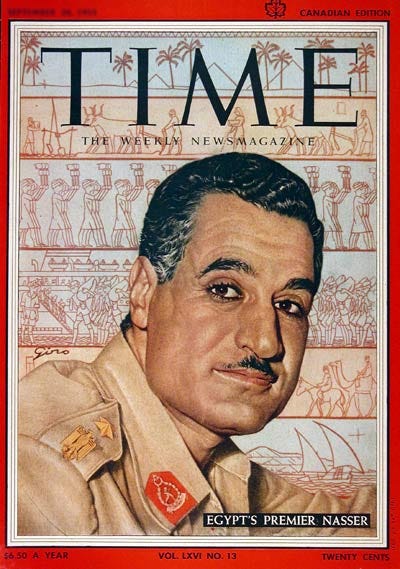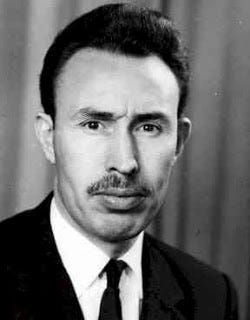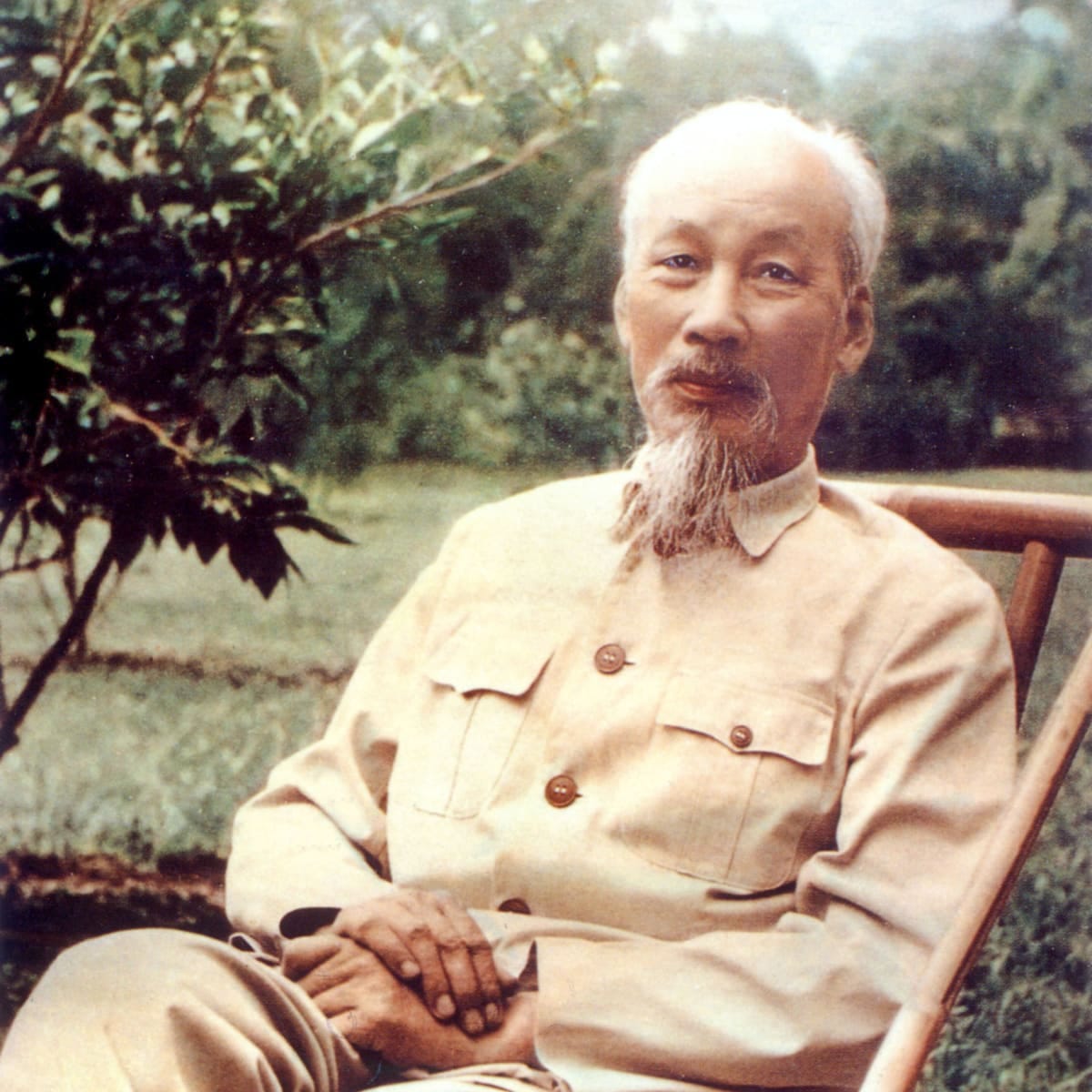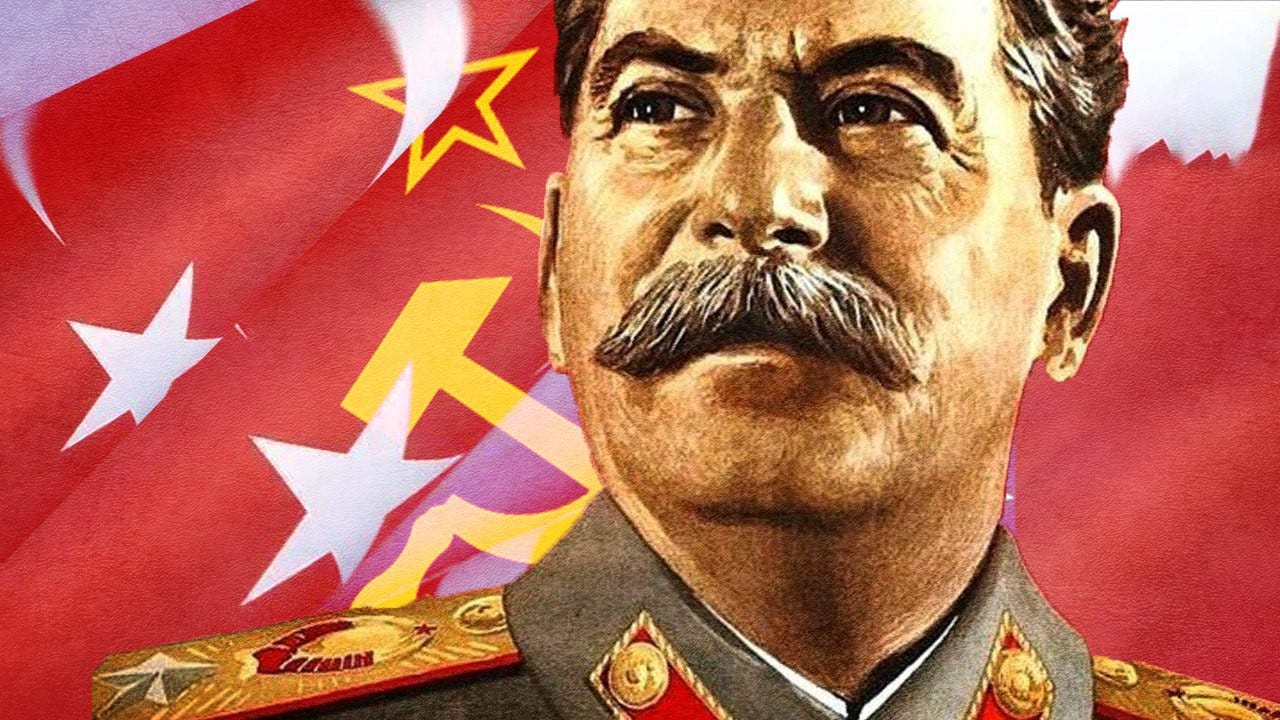The 10 Most Successful Leaders in Modern History
Based on Growth in Life Expectancy During Their Time as Leader
The standard for success in America when it comes to politics is how rich of a country we are and how great of a military might we are when they’re in office. However, the standard for success should not focus on wealth or military power, but on the quality of life of the citizens. So I decided to make a list of the most successful leaders in recent history when we look at quality of life of the people instead of military power and wealth. To do this, I measured the life expectancy growth in each country and found when the highest growths in life expectancy occurred. Then I looked at who the countries leaders were at the time the life expectancy growth occurred, and what policies they did that could've caused the growth in life expectancy. And according to these statistics, socialism and the nationalization of industries create the largest growth in life expectancies. However, it is not without cost, as surprisingly each growth in life expectancy was started through a violent revolution. So here are the top 10 leaders by growth in life expectancy during their time as leader:
10. Gamal Abdel Nasser
Who He Was: He was the President of Egypt and the United Arab Republic from 1956-1970 as well as prime minister from 1954-1962 and 1967-1970. Before his presidency he lead the revolution against the king of Egypt to establish the Republic of Egypt.
Life Expectancy Growth: During his time as leader, Egypt’s life expectancy increased 10 years, going from 42 years in 1954 to 52 years in 1970.
How he was successful: Nasser used his own form of socialism based off of Arab unity and Arab nationalism to improve the life expectancy of Egyptians. After taking over a monarchy through revolution, he changed the living conditions of Egypt’s citizens drastically. Under Nasser, Egypt had equal rights to women, a minimum wage, free education, free health care, and reduced working hours. One of the major ways this was funded was through the nationalization of industry that was previously under western influence. His nationalization of the Suez canal caused the British, French and Israelis to attack the country, but Egypt prevailed and kept the canal nationalized.
9. Houari Boumediene
Who He Was: He was the head of state of Algeria as the chairman of the revolutionary council from 1965-1976 and then president of Algeria from 1976-1978. Before his time as head of state he was one of the top military leaders in the Algerian War of Independence.
Life Expectancy Growth: During his time as leader, Algeria's life expectancy increased 6 years from 49 years in 1965 to 55 years in 1978. However, his major policies is what lead to a sharp increase in life expectancy of 7 years shortly after his tenure during 1978-1983, going from 55 years in 1978 to 62 years in 1983.
How he was successful: Boumediene used Arab socialist and nationalist policies to increase the life expectancy of the Algerian people. The most significant of which was his nationalization of the oil industry, giving his government all the money it could need to create a good way of life for its citizens. Additionally, he did radical land reform that gave land from the rich back to the poor, causing poverty to alleviate.
8. Muammar Gaddafi
Who He Was: He was the head of state of Libya as the Chairman of the revolutionary command council of Libya from 1969-1977 and as the secretary general of the general peoples congress from 1977-1979. And while he wasn’t the head of state after 1979, he was considered the leader of Libya from 1969-2011 under the title of Brotherly Leader and Guide of the Revolution. He became the leader of Libya through a coup that overthrew King Idris I after creating a revolutionary faction of the Libyan military.
Life Expectancy Growth: During his time as leader, Libya's life expectancy grew from 54 years in 1969, to 72 years in 2011. And while this is not too drastic for such a long period of time, during his first 10 years, which are the only years he was the official head of state, life expectancy increased from 54 years to 63 years.
How He Was Successful: Gaddafi increased the life expectancy of Libya’s citizens by turning Libya into socialist state. He nationalized all industries, granted equal rights for all, abolished private property and instituted a free universal healthcare system.
7. Idris I
Who He Was: He was the king of the Kingdom of Libya from 1951-1969. Before being king, he was the head of a Sufi religious order that went back 100 years within his family. He and his religious order fought against the colonization of Libya by the French, Italians and British.
Life Expectancy Growth: During his time as leader, the Kingdom of Libya's life expectancy grew from 36 years in 1951 to 54 years in 1969.
How He Was Successful: King Idris is the main reason why Gaddafi, despite all of his successes, is not even higher on the list. King Idris had already greatly increased Libya’s life expectancy before Gaddafi came to power. King Idris did this through fighting against colonialism from 4 different countries to free Libya from over 300 years of colonialism. And as well, he nationalized the oil industry to give the monarchy plenty of money to fund social programs. These however, were not any the reasons why he was overthrown by Gaddafi, as King Idris was also very corrupt and too influenced by the West.
6. Ho Chi Minh
Who He Was: Under various positions, he was the head of state of the Democratic Republic of Vietnam (North Vietnam) from 1945-1969. He lead them to independence from France and Japan and then lead them in the Vietnam war, which was then won by the Democratic Republic of Vietnam (North Vietnam) 6 years after his death, culminating into the creation of the Socialist Republic of Vietnam.
Life Expectancy Growth: While stats for only the Democratic Republic of Vietnam are unavailable, Vietnam as a whole had a life expectancy growth during his time as leader of approximately 15 years; going from 46 years in 1945 to 61 years in 1969. And given that the end of this was during the Vietnam war, much of this is probably due to Ho Chi Minh's policies.
How He Was Successful: Despite being one of the bloodiest wars in modern history, if you look at the large growth in life expectancy of Vietnam during the Vietnam war, you wouldn’t think a war was going on there at all until 1969, which coincidently was the year Ho Chi Minh died and stopped leading the country. This growth in life expectancy can be attributed to the decolonialization of North Vietnam, as well as the mass land redistribution done there as well under Ho Chi Minh.
5. Vladimir Lenin
Who He Was: He was the founder of the Soviet Union and was the first person to practically implement Marxism. Essentially, Marx was the first to write the ideas, and Lenin was the first who carried them out. He used Marxism to lead a revolution against the Russian Empire to create the Soviet Union. He was the head of government of the Russian SFSR from 1917-1924 and of the Soviet Union from 1923-1924.
Life Expectancy Growth: This one is complicated for various reasons. First, these stats are only for Russia, and as well, the life expectancy during Lenin's time was sporadic due to the revolution that created the Soviet Union. But, there was a very high increase in life expectancy from 1920-1930 in Russia that should be attributed to Lenin's time as leader. This went from 26 years in 1920 to 38 years in 1930.
How He Was Successful: Lenin successfully increased Russian life expectancy through the creation of the first socialist state. While many of the more successful policies such as mass nationalization of industry occurred under Stalin, Lenin laid the foundation that created the huge jump in life expectancy under Stalin. Lenin is who freed Russia from feudalism, a system that kept Russia’s life expectancy around only 30 years old. And as well, Lenin is who created the entire structure of the socialist state with Marx’s influence. So while Russia and the Soviet Union’s life expectancy may have been sporadic during Lenin’s tenure, Lenin’s impact through his ideas and influence saved more lives than anyone else in modern history, in the Soviet Union as well as globally.
4. Enver Hoxha
Who He Was: He was the head of state of the People’s Socialist Republic of Albania from 1944-1985 as the First Secretary of the Party of Labour of Albania. Before becoming leader, he helped found their communist party and helped liberate the country from Nazi occupation. He is known today as the founder of the ideology Hoxhaism, which is being ideologically a non-revisionist Marxist Leninist.
Life Expectancy Growth: During his time as leader, Albania's life expectancy increased from 40 years in 1944, to 72 years in 1985.
How He Was Successful: Hoxha greatly increased Albania’s life expectancy through the creation of a socialist state that adopted polices from the top two leaders on this list. He transitioned Albania from a politically unstable poor country to one with equal rights for all and free healthcare for all. He adopted many of the most radical policies of the top 2 leaders on this list by doing mass campaigns of executing the rich and political enemies, that was shown to massively improve life expectancy. This massively increased life expectancy, possibly by creating political stability and decreasing the hoarding of wealth and resources by the few.
3. Habib Bourguiba
Who He Was: He was the prime minister of the Kingdom of Tunisia from 1956-1957 and the President of Tunisia from 1957-1987. He lead the Tunisian fight for independence from France.
Life Expectancy Growth: During his time as leader, life expectancy grew from 40 years in 1956 to 67 years in 1987.
How He Was Successful: While initially influenced by socialism, Bourguiba eventually renounced it and instead created a mixed economy similar to that of China’s today. Under both the socialist model and the mixed economy model, there was a large growth in life expectancy. During this time, Tunisia became a country that was socially progressive, that gave equal rights for women, and had a strong welfare state.
2. Mao Zedong
Who He Was: The founder and first leader of the Peoples Republic of China. He lead a long civil war against the Republic of China to establish the current state of China. After the war, he lead the country from 1943-1976 as the Chairman of the Communist Party of China.
Life Expectancy Growth: During his time as leader, life expectancy grew from 36 years in 1943 to 64 years in 1976. This includes a huge jump in life expectancy from 1963-1968 going from 44.5 to 55.5 years.
How He Was Successful: Mao greatly increased China’s life expectancy through a mass transformation of the country from a feudal system into a socialist system. One of the most successful programs was the socialist education movement from 1963-1966, which forced the bourgeoise to be reeducated by the peasants. During this time life expectancy jumped from 44.5 years to 51 years. The most successful and controversial program done by Mao though was the Cultural revolution. The cultural revolution was a violent transition to a socialist society that killed the rich and anti-communists in mass. And while mass killing would seem to create a decrease in life expectancy, the killing of the rich and anti-communists caused a life expectancy growth from 51 years when the cultural revolution started in 1966 to 64 years in 1976 when it ended.
1. Joseph Stalin
Who He Was: The longest serving leader of the Soviet Union who succeeded Lenin 2 years after its founding. Under various positions he was the de facto leader of the Soviet Union from 1924-1953
Life Expectancy Growth: While this only covers Russia and not the entirety of the Soviet Union, life expectancy nearly doubled during Stalin’s time as leader of the Soviet Union; going from 31 years in 1924 to 59 years in 1953. This also included the sharpest increase in life expectancy in modern history from 1945-1950 due to the massive number of casualties the Soviet Union suffered in WWII and then the rebuild after. In this span of only 5 years, life expectancy more than doubled, going from 24 years in 1945 to 50 years in 1950.
How He Was Successful: Stalin greatly increased life expectancy through the mass transformation of society into a socialist state. Under Stalin, the Soviet Union granted women equal rights, guaranteed free healthcare and education to all and nationalized industries. However, like Mao, the most successful was also most likely it’s most controversial. Throughout Stalin’s tenure he did a purge of the nations rich and anti-communists by killing and deporting them. While it’s not as clear as with Mao that the purges lead to an increase in life expectancy, the Soviet Union’s only decrease in life expectancy after 1935 (which is also when the purges were more rampant) occurred due to WWII, not because of the executions, and as well, life expectancy nearly doubled from 1935 to 1953 (which is the year that Stalin died.)
If you like what you read please subscribe or share below.













